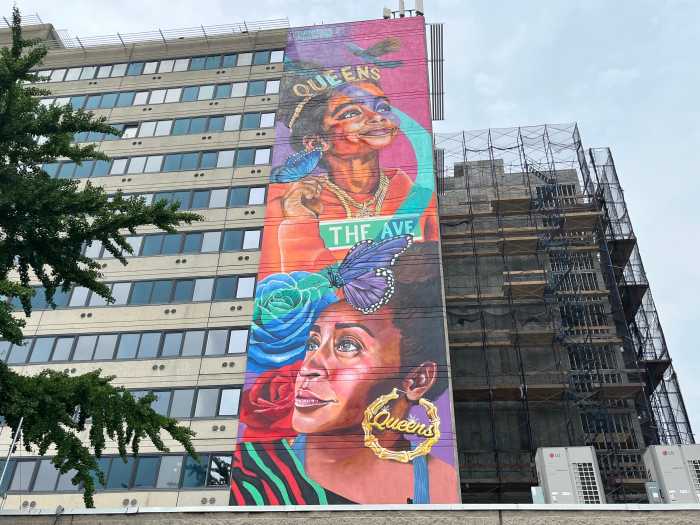By Rebecca Harshbarger
Jan Lee loves to visit Mei Lei Wah, a coffee shop near his home that has been a Chinatown fixture for decades. Lee, who runs an antique shop called Sinotique, lives and works on Mott St. His father was born in the apartment building that Lee lives in now. Lee is a third-generation Chinese-American whose family history and livelihood are both inextricably tied to the Chinatown community.
He’s gravely worried about Chinatown. Many Chinese-Americans thought that through decades work and sacrifice, the poverty and racism that many had historically experienced would diminish. However, many residents now feel that the trauma of gentrification and rising rents, the loss of Chinatown’s manufacturing and garment sector to outsourcing and continuing racism threaten to push the quality of life for Chinatown residents back to the 1870s when the community began.
“Many tenants move away to Brooklyn or Queens,” said Stephen Wong, a close friend of Lee and an organizer and community activist for the Chinese Restaurant Alliance. “Some stay in Chinatown because of language barriers, because they share the same diet or they find work easier, especially new migrants. Or they have a new option: ten to 20 people in a one-bedroom apartment — so they can still live in Chinatown.”
Wong’s Restaurant Alliance is but one of many groups in a new coalition called the Coalition to Protect Chinatown and the Lower East Side. Gentrification and racism are long-term issues facing Chinatown residents, but recent attempts by the Chinatown Partnership and the Rebuild Chinatown Initiative to launch a business improvement district, or BID, have triggered a wave of activism and debate in the community.
Business improvement districts are formed by property and business owners to improve commercial districts. They work by assessing all property owners in the district an additional 3 percent to 5 percent property tax, and then use these funds for privatized sanitation services — such as street cleaning and graffiti removal — security and other activities that owners would like to bring to the neighborhood, such as cultural programming.
In order to win approval, more than 50 percent of the district’s property owners must back the BID, but usually much more support is needed than that. Commercial landlords generally pass on the assessment to their commercial tenants, while residential co-ops usually have only a nominal fee, very often $1.
The Chinatown Partnership, a major advocate for a local BID, currently runs programs like a Taste of Chinatown and a clean-streets initiative, and it believes that without the resources from BID assessments, these beneficial programs would be forced to close.
But the proposal has angered residents such as Lee and Wong, who believe the property-tax increase would push small business owners — barely hanging on already — over the edge, and out of Chinatown.
“We will mobilize every one of them,” said Wong, looking at workers entering his small, belowground office on Mott St. “They can see the future without looking at the crystal ball. And they are going. These men are the first men to be sacrificed. They pack themselves into apartments; the way things were in 1890. We are going backwards.”
John Leo, a senior staffer at the Chinatown Partnership, said they are in the “very preliminary stages” of looking at the BID and talking to small business owners, and that the petitioning done by community organizations against it is “extremely premature and almost paranoid.”
Leo said they are not even sure if they are going to push for the BID.
However, the Partnership’s Web site contains a lot of information on the BID, implying that they are endorsing it. The site features fact sheets making the case for why Chinatown needs a BID soon.































